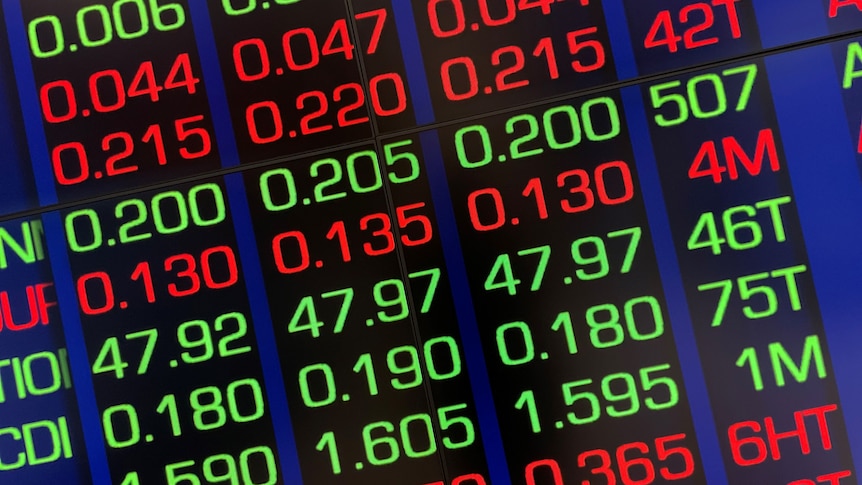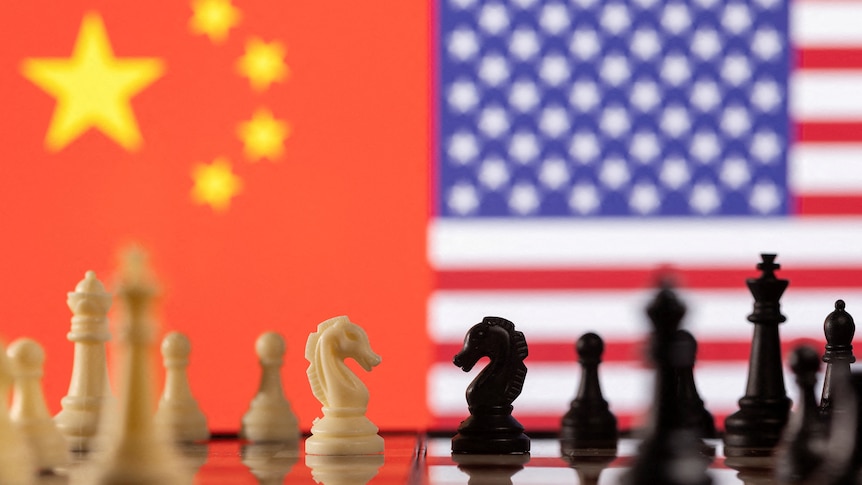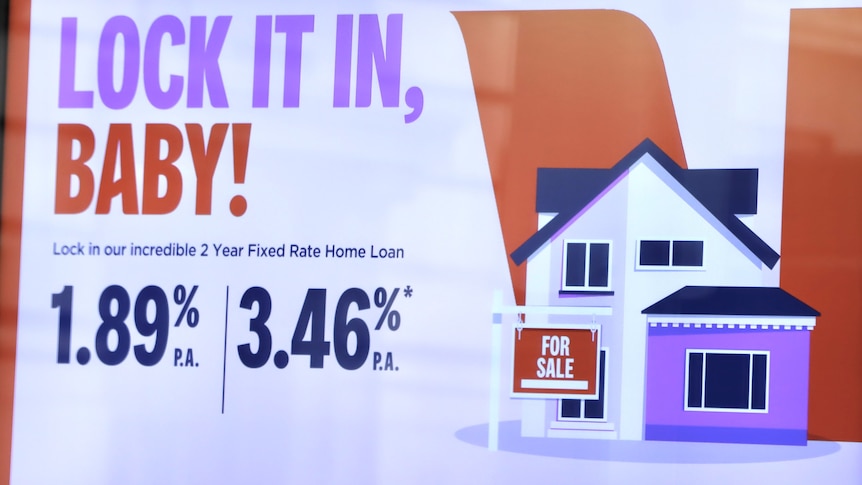Australian shares are likely to start the day relatively flat, after the Bank of England announced its biggest interest rate hike in 27 years and warned of a long recession for Britain.
ASX futures were up 0.1 per cent, to 6,891 points, by 8:40am AEST.
The Australian dollar was trading at 69.6 US cents, after rising 0.2 per cent overnight. This was largely due to a weaker US greenback.
It follows a lackluster session on Wall Street, which saw the Dow Jones index fall 0.3 per cent, to 32,727 points, the S&P 500 lose 0.1 per cent, to 4,152, and the Nasdaq Composite gain 0.4 per cent, to 12,721.
“The market is looking for direction after a strong bounce that highlighted the deep pessimism that had permeated the markets,” said Yung-Yu Ma, chief investment strategist at BMO Wealth Management.
“Many signs indicate that [US] inflation has peaked and the question now turns to how quickly it will come down or whether stickier components will keep it higher than the Fed [Federal Reserve] is comfortable with.”
Recession fears were also on the minds of oil traders, and the possibility this could sink energy demand, as crude prices dropped to their lowest level since before Russia’s invasion of Ukraine in February.
Brent crude plunged 3.6 per cent, to $US93.34 a barrel.
Spot gold jumped 1.5 per cent to a one-month high of $US1,792 an ounce.
Recession for the UK
Britain’s central bank raised interest rates by 0.5 percentage points on Thursday evening (AEST), its biggest increase since 1995.
This was despite the BoE warning that a long recession was on its way, as it rushed to smother a rise in inflation which is now expected to peak at 13.3 per cent in October — up from its previous forecast of 11 per cent.
This would be the sharpest rise in consumer prices since 1980, due mostly to the surge in energy prices following Russia’s invasion of Ukraine.
With that in mind, the BoE’s monetary policy committee voted 8-1 for the UK’s benchmark rate to increase to 1.75 per cent (up from 1.25 per cent), its highest level since late-2008.
It also warned that Britain was facing a recession with a peak-to-trough fall in output of 2.1 per cent, similar to a slump in the 1990s but far less than the hit from COVID-19 and the downturn caused by the 2008-09 global financial crisis.
The UK economy would begin to shrink in the final quarter of 2022 and contract throughout all of 2023, making it the longest recession since after the global financial crisis.
That would leave households experiencing a fall in their disposable income for two years in a row, the biggest squeeze since these records began in 1964.
British consumer price inflation was already at a 40-year high of 9.4 per cent in June, already more than four times the BoE’s target of 2 per cent.
This has triggered industrial action and puts pressure on whoever succeeds Boris Johnson as Britain’s next prime minister to come up with further support.
“Seeing as the BoE have hiked interest rates six times since December, and they still feel that inflation will continue to rise, it is almost as if they are admitting their monetary tightening can not control the CPI [consumer price index],” said David Madden, market analyst at Equity Capital.
“It begs the question, why hike at all if you feel that factors beyond your control – food prices, energy costs and supply chain issues – are the main culprits for rising inflation.”
Oil sinks to pre-Ukraine war levels
The fall in oil prices to its lowest level since February will come as a relief to large consumer nations including Australia and the United States, which could expect to see petroleum prices fall even further.
Oil had surged to well over $US120 a barrel earlier this year, before falling back towards $US93 overnight.
A sudden rebound in demand from the darkest days of the COVID-19 pandemic coincided with supply disruptions stemming from sanctions on major producer Russia over its invasion of Ukraine.
The demand outlook remains clouded by increasing worries about an economic slump in the United States and Europe, debt distress in emerging market economies, and a strict zero COVID-19 policy in China, the world’s largest oil importer.
“A break below $US90 is now a very real possibility, which is quite remarkable given how tight the market remains and how little scope there is to highlight that,” said Craig Erlam, senior market analyst at Oanda in London.
“But recession talk is getting louder and should it become reality, it will likely address some of the imbalance.”
An OPEC+ agreement on Wednesday to raise its output target by 100,000 barrels per day in September, equivalent to just 0.1 per cent of global demand, was viewed by some analysts as bearish for the market.
ABC/Reuters
.



